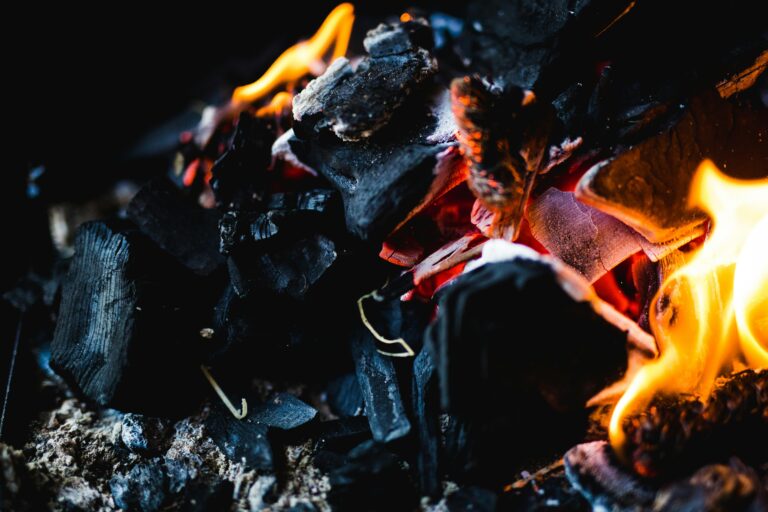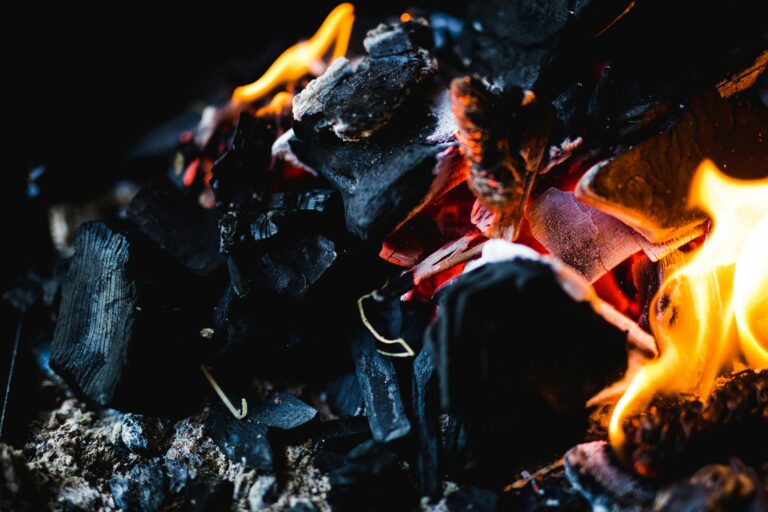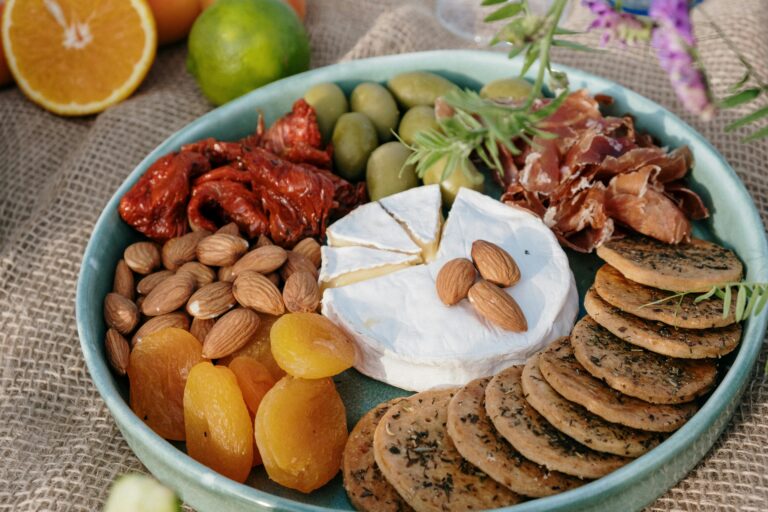An outdoor fire pit transforms your backyard into a year-round sanctuary—a place for marshmallow-roasting gatherings, quiet evenings under the stars, and adding significant value to your property. But this alluring upgrade hinges on one critical decision: material selection. Choosing the wrong materials risks cracks, heat damage, or even fire hazards, turning your dream feature into a dangerous liability. Whether you’re a DIY enthusiast or hiring a pro, understanding how materials impact safety, durability, maintenance, and aesthetics is non-negotiable. This guide cuts through the confusion, helping you select options that align with your climate, design vision, and budget while ensuring your fire pit remains a secure, stunning focal point for decades.
Safety First: Non-Negotiables for Fire Pit Materials
Fire pits generate extreme heat, making material safety paramount. Never use porous or water-trapping materials like river rock or standard concrete pavers—they can explode when heated. Instead, opt for dense, heat-rated options:
- Fire-Rated Masonry: Natural stone (granite, slate), refractory fire bricks, or concrete blocks specifically rated for high heat (check ASTM C279/C1261 standards).
- Metal Thickness: Steel fire rings or pits should be at least ¼” thick; thin steel warps quickly. Cast iron or thick Corten steel offers superior heat resistance.
- Clearance Zones: Maintain 10–20 feet of non-combustible space (gravel, stone) around the pit. Keep overhangs, trees, and structures at least twice the pit’s height away.
Pro Tip: Line DIY masonry pits with a stainless steel liner—it contains embers and reflects heat, protecting outer materials.
Material Showdown: Durability, Cost & Maintenance Compared
Each material brings distinct advantages and challenges. Consider longevity and upkeep before committing:
- Natural Stone (Granite, Bluestone): Unbeatable durability and timeless elegance. Resists chipping and weathering but is heavy and expensive ($50–$150/sq. ft installed). Requires professional installation.
- Fire Brick: Affordable ($3–$7/brick), excellent heat retention, and easy to replace. Needs mortar for stability and can look utilitarian without stone veneer.
- Precast Concrete Kits: Modular and DIY-friendly ($800–$3,000). Choose “fire-rated” kits only—standard concrete spalls. Susceptible to fading; seal annually.
- Metal (Steel/Corten): Lightweight, portable, and modern ($300–$2,500). Thinner models rust or warp; powder-coated or galvanized steel lasts longer. Avoid aluminum—it melts.
Style Integration: Blending Form and Function
Your fire pit should harmonize with your home’s architecture and landscape. Key considerations:
- Rustic Charm: Irregular flagstone or stacked fieldstone pairs with cabins or cottage gardens.
- Modern Minimalism: Smooth concrete, geometric steel bowls, or linear gas-burning pits suit contemporary homes.
- Traditional Appeal: Uniform brick or tumbled travertine complements colonial or Tudor styles.
Use complementary hardscaping: Match patio pavers to the pit’s base, or contrast with gravel for texture. For gas fire pits, coordinate burner covers (lava rock, glass beads) with your color scheme.
Optimizing Functionality: Size, Fuel & Extras
Material choice affects how your fire pit performs:
- Size/Shape: Small yards benefit from compact steel bowls (36″ diameter). Large gatherings need spacious masonry pits (48″+). Round pits radiate heat evenly; square designs anchor sectional seating.
- Fuel Type: Wood-burning requires sturdy masonry or thick metal. Gas fire pits need interior panels rated for gas lines—often stainless steel.
- Upgrades: Add a spark screen (mandatory for wood pits), grill grate for cooking, or built-in stone benches using matching materials.
Selecting fire pit materials isn’t just about looks—it’s a safeguard against costly repairs or hazards. Prioritize heat-rated, non-combustible materials like fire brick, dense stone, or thick steel, and always respect clearance rules. Match materials to your home’s style and expected use: low-maintenance metal for casual nights, enduring stone for legacy builds. Before breaking ground, consult local fire codes (many restrict pit size/fuel types) and consider a professional installer for complex masonry. With thoughtful planning, your fire pit will deliver warmth, beauty, and peace of mind for countless seasons ahead.


